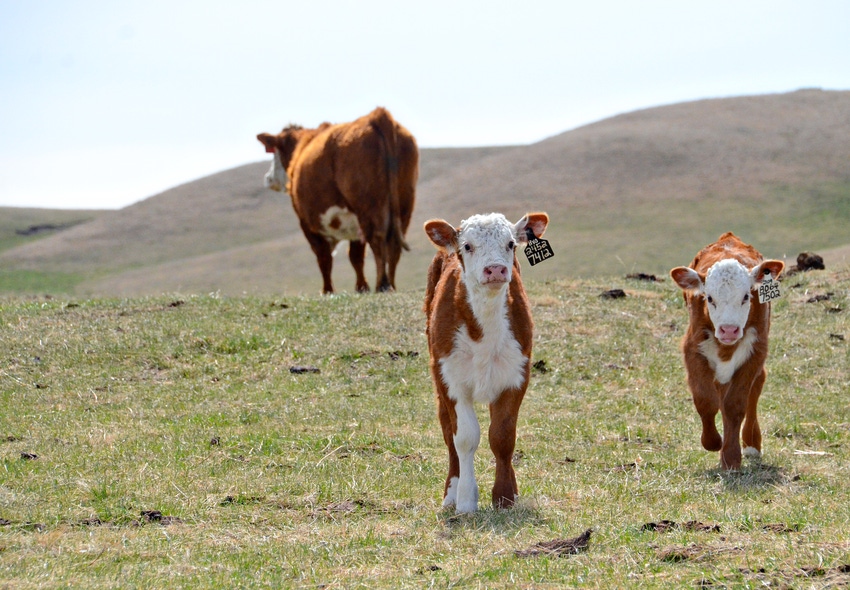Spring is a special time of year for ranchers, for a lot of reasons. But perhaps the biggest is because spring is the season of hope.

I’ll never be able to put in words the excitement that permeates everything this time of year. The grass is starting to show hints of green, the calves look good and the focus is on the future as you decide on matings for the upcoming year. I guess this time of year is special because it requires hope.
This is the second time that one of our children is graduating from high school as well. Of course, for our high school senior, it is an exciting time. He’s more than ready to head off to college and embrace his future.
It is good to see the optimism and hope in his eyes. But as a parent, you also realize that this new phase means your role will continue to diminish and that is a little sad as well.
Time has a way of marching on, and progress has a way of running over those who want it to stop. We have seen how much the seedstock business and animal breeding side of the equation is changing, but it really brought this home as we made our matings this year.
DNA-enhanced selection has changed the game dramatically. Not all the changes are necessarily for the good, but as is often the case, it makes no sense to complain about them or spend any time fighting them. Instead, our focus is on how we operate and remain competitive in this new environment.
Theoretically, genetic progress should entail reducing risk, and it does eventually for most of our consumers by allowing us to produce a higher quality, more consistent product. But for those involved in the transition and in the seedstock production side, genetic progress actually increases competition, risk and volatility while increasing the demands placed on us.
Bigger winners equate to bigger losers as well. In the seedstock business, what used to take generations to build or destroy can now be done in a few years. It is an exciting time with increased opportunities, but the margin for error and the uncertainty increases as well. But we wouldn’t want it any other way.
The same could be said for the young graduates. The world they are entering is a lot more volatile than the one we encountered, but their world is chalked full of tremendous opportunities. The great majority of parents in ranching that I speak with are torn between hoping their children want to ranch, and hoping that they choose not to come back to the operation.
I think most parents want their children to come back, they just want to make it a more lucrative or enjoyable path than what they experienced. Ironically, after they say with conviction they are not sure they want their kids to return, they also say they wouldn’t change a thing about the path they have chosen.
The greatest irony is that in the end, the parents will have very little say in that decision anyway. If the kids have the passion and want to return, they will, with or without our blessing. After all, when we were that age, not even our parents were going to dissuade us.
But somehow the spring matings take on even more significance when it isn’t just about the next generation of cows, but the next generation for our operation and customers as well. And that’s why this is a season of hope.
About the Author(s)
You May Also Like





